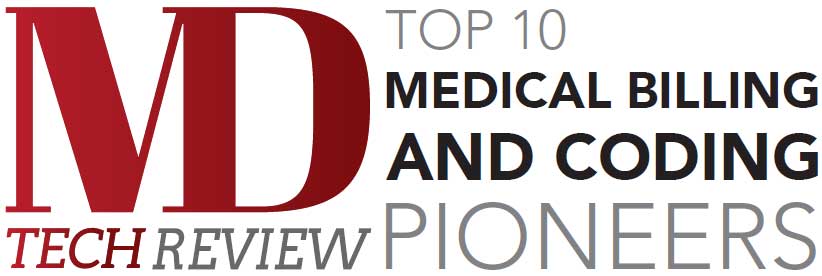There have been paradigm shifts in the healthcare industry, which has created the scope for shared decision-making and enhanced patient engagement.
FREMONT, CA: The relationship between healthcare service providers and patients is transforming. The prospects of building interactive and valuable bonds have improved today, thanks to the changing modes of engagement. Advanced technologies and evolving perceptions are significant factors contributing to these changing landscapes. In this context, shared decision-making today holds a place of priority. By implementing shared decision-making, doctors will be able to drive better patient satisfaction by intensifying treatment journey, resulting in effective care. The following list contains inputs about how healthcare providers can take the shared decision-making initiative to drive optimal patient engagement.
• Setting Up the Foundation and Workflow
Once a healthcare facility is convinced regarding the necessities and advantages of a shared decision-making initiative, it should try to address the need for changes to the old models and practices. Achieving a patient-centered decision-making system requires the service of a dedicated implementation team comprised of doctors, nurses, as well as administrative and consultants. Such a team can design an efficient and streamlined workflow for shared decision-making. Subsequently, medical personnel ought to be trained.
• Initiating a Pilot Project
The first phase of implementation should be on a pilot-basis. A pilot project enables healthcare providers to get a better idea regarding the feasibility and requirements. Teams will be able to assess important aspects like what patients prefer, which languages they are comfortable with, and how effective the collaborations are for real. By the end of this step, healthcare providers will have evidence-based information to foster the initiative.
• Monitoring and Measuring Effectiveness
 Once the actual implementation is carried out, healthcare providers have to monitor and evaluate the effectiveness of the shared-decision making process through advanced technological methods. Be it the use of advanced tools, or be it the changed strategies, critical evaluation through monitoring is a must. Evaluations can help identify more loopholes, as well as new opportunities to make the shared decision-making initiative better.
Once the actual implementation is carried out, healthcare providers have to monitor and evaluate the effectiveness of the shared-decision making process through advanced technological methods. Be it the use of advanced tools, or be it the changed strategies, critical evaluation through monitoring is a must. Evaluations can help identify more loopholes, as well as new opportunities to make the shared decision-making initiative better.
By adopting shared decision-making, healthcare providers can develop advanced levels of patient engagement. An intelligent and empowered system that supports unmatched patient engagement marks the future of healthcare.


